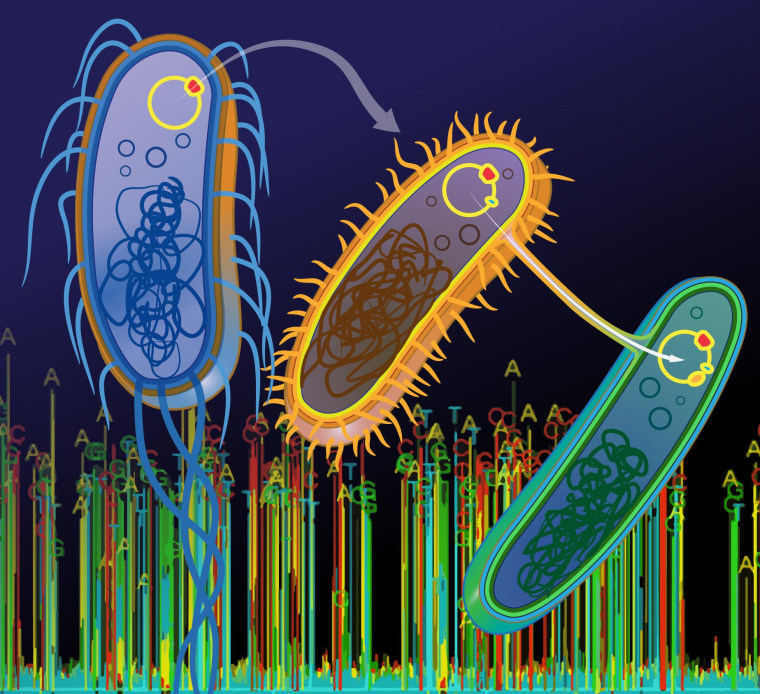American kids are being hurt and killed by the spread of antibiotic-resistant “superbugs," pediatricians said Monday.
The World Health Organization cautioned that people around the world still don’t understand much about antibiotic resistance, what it means and how it might affect them.

Although experts have been warning about the danger of antibiotic resistance for decades, how it develops and what people can do to help fight it, the message is not getting through.
“The rise of antibiotic resistance is a global crisis. It’s one of the greatest threats to health today. This makes a broad range of common infections much more difficult to treat, replacement treatment are more costly, more toxic, and require much longer periods of time for treatment,” WHO director-general Dr. Margaret Chan told a news conference Monday.
“Resistant bacteria from animals can be spread through fecal material, wastewater, or environmental contact."
U.S. Centers for Disease Control and Prevention reports that more than two million people are infected by drug-resistant germs each year, and 23,000 die of their infections.
The causes are clear — people taking antibiotics for infections they cannot help; people failing to take a full course of antibiotics; natural mutation and evolution; and the widespread use of antibiotics to fatten up farm animals.
“The very liberal use of antibiotics as a growth promoter should not be encouraged,” Chan said.
U.S. officials have been asking farmers to stop it for years. Last year, the Food and Drug Administration said it had persuaded 26 drug makers to help make it harder for farmers to use the drugs by changing the labels and availability.
But the problem is still very much there, an expert committee at the American Academy of pediatrics said.
“Approximately 80 percent of the overall tonnage of antimicrobial agents sold in the United States in 2012 was for animal use, and approximately 60 percent of those agents are considered important for human medicine,” the committee wrote in the group’s journal, Pediatrics.
When healthy animals are dosed with low levels of antibiotics, drug-resistant germs grow in their bodies. And they can get into people via very unpleasant routes.
“Resistant bacteria from animals can be spread through fecal material, wastewater, or environmental contact, leading to environmental reservoirs of pathogens and resistance genes,” the pediatrics team wrote.
“Animal feces can contaminate foods when manure containing resistant organisms is applied to agricultural soils and the organisms are then present in farm runoff. Cross-contamination of fruits and vegetables can occur when wastewater is used to irrigate crops, and fish raised in contaminated water can also be exposed,” they added.
That feeds the rise of drug-resistant germs, such as Salmonella, on food. “For most infections, incidence was highest among children younger than five years,” the researchers wrote.
In March, the White House released a five-year, $1.2 billion plan to fight drug-resistant germs that includes better tracking of infections, faster tests and new drugs.
“For most infections, incidence was highest among children younger than 5 years."
But people need to do more as individuals, WHO’s Dr. Keiji Fukuda said. WHO surveyed 10,000 people from 12 countries about antibiotic resistance and found an alarming number just don’t understand what it means or what can be done about it.
Fukuda said 76 percent of those surveyed thought the term antibiotic resistance meant people were resistant, not the germs infecting them. Nearly two thirds wrongly believe that antibiotics work to help viral infections such as colds and flu – they don’t.
“About one-third of people said once they started feeling better when taking antibiotics, that this was the time to stop. This is not the time to stop,” Fukuda added.
Everyone should be concerned, experts say, because superbugs that evolve and mutate in other countries can easily spread around the world, including to the United States.
Bills in Congress would limit farm use of antibiotics, but they have yet to be enacted.
